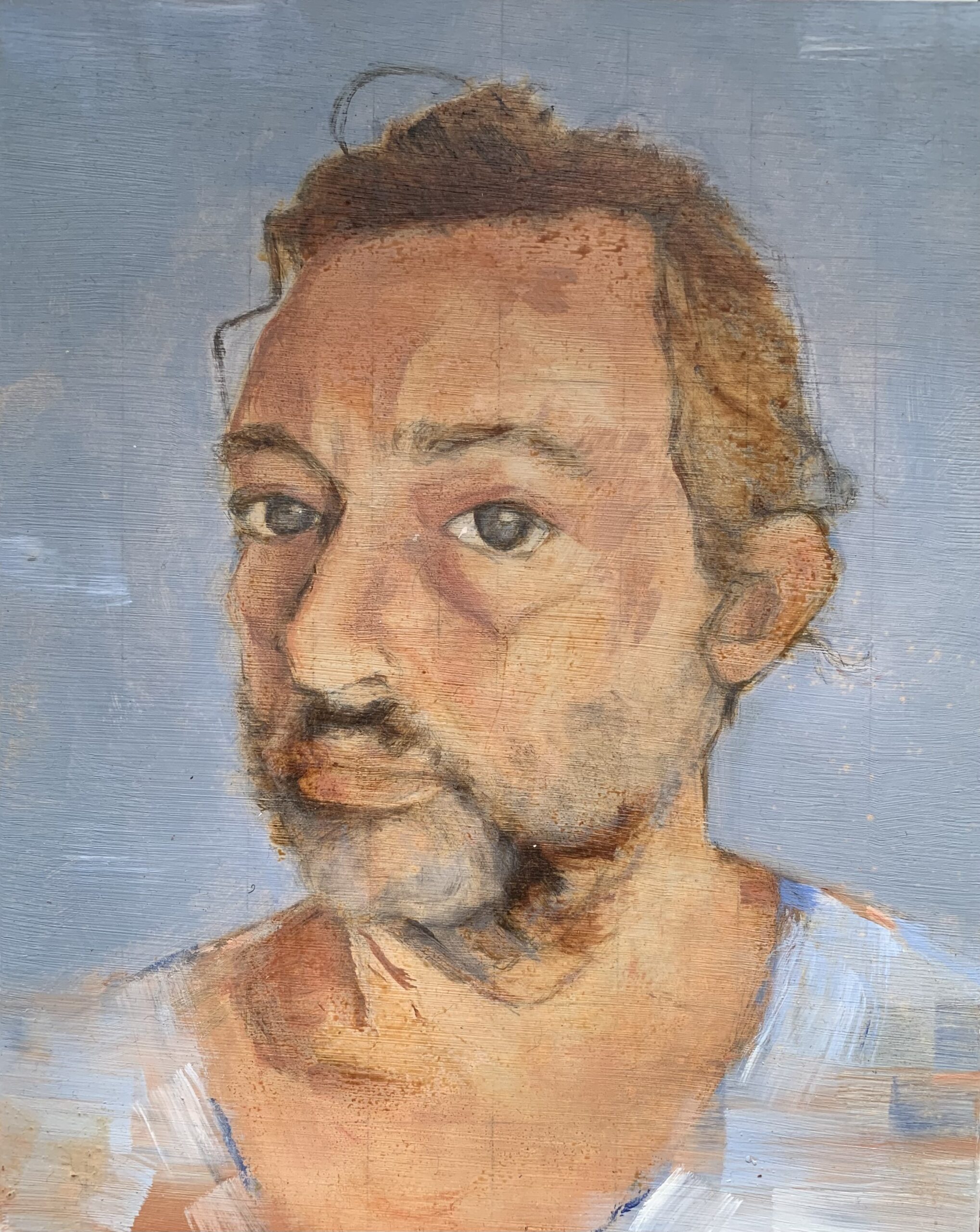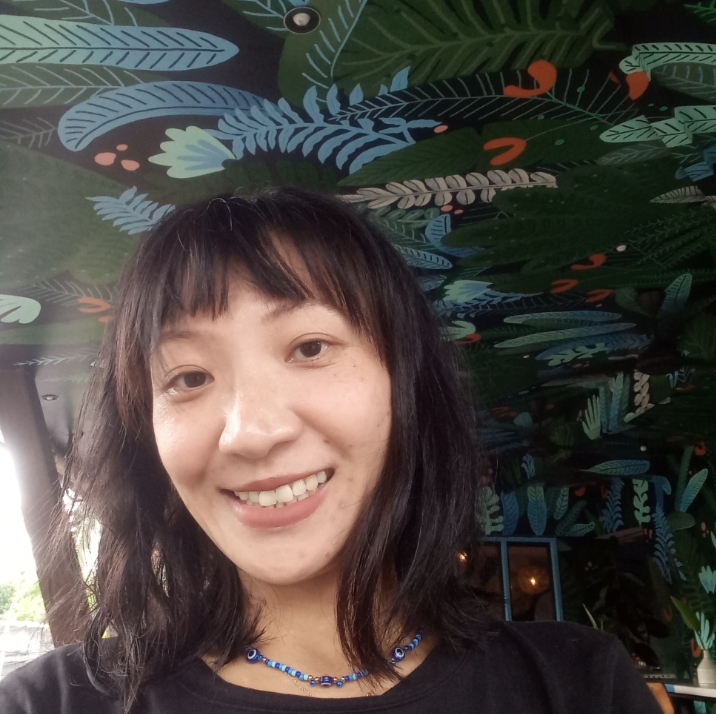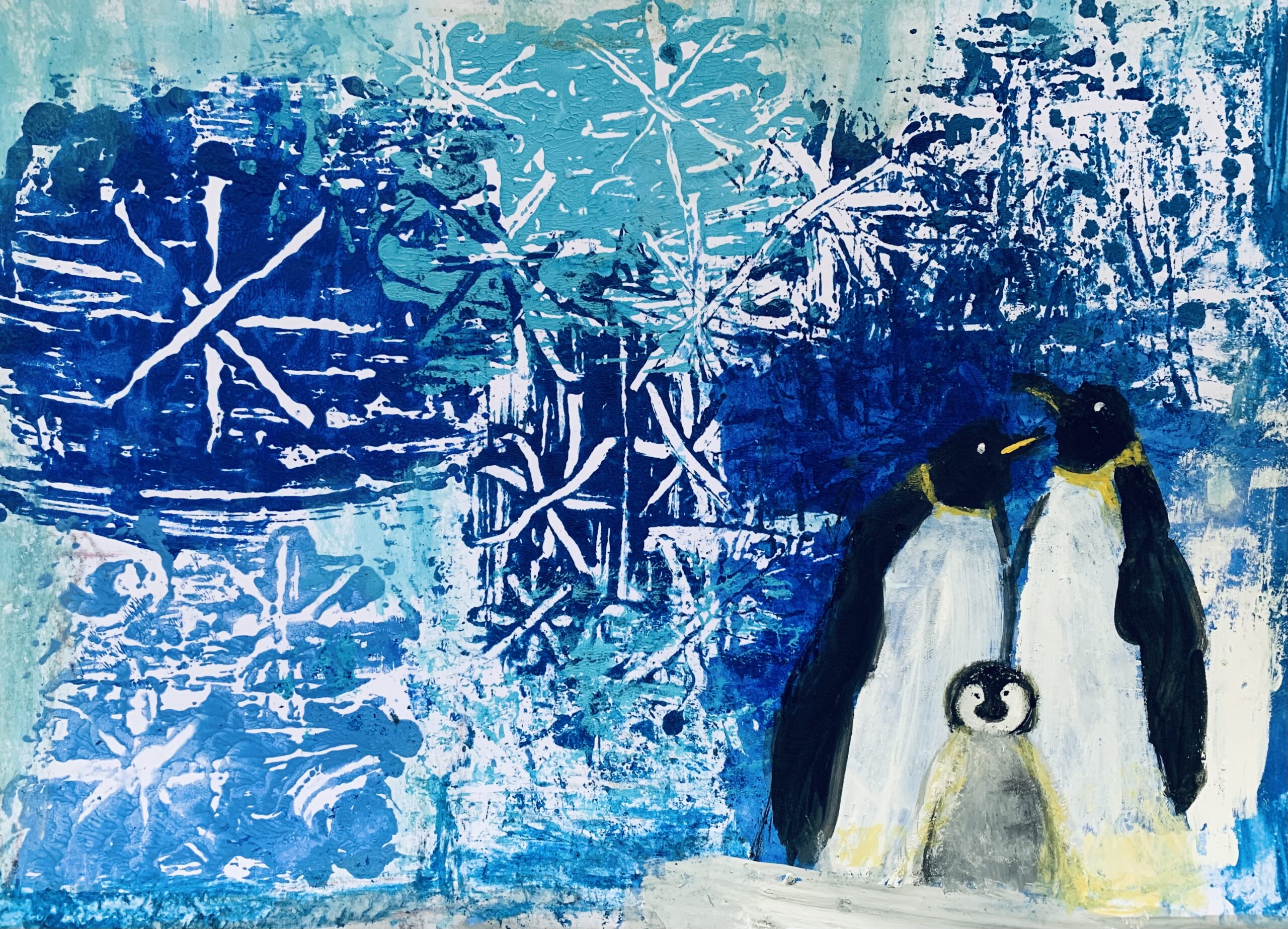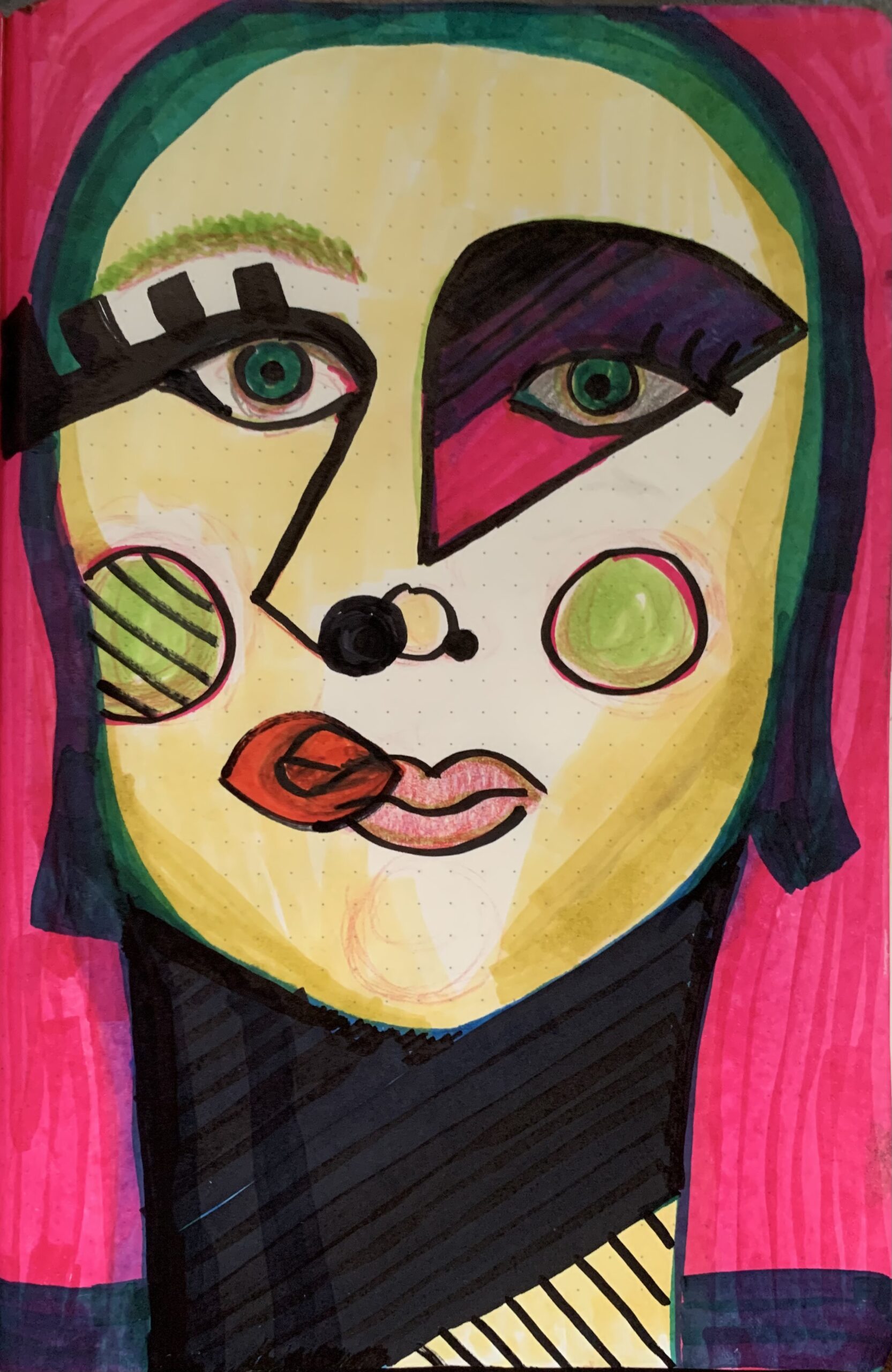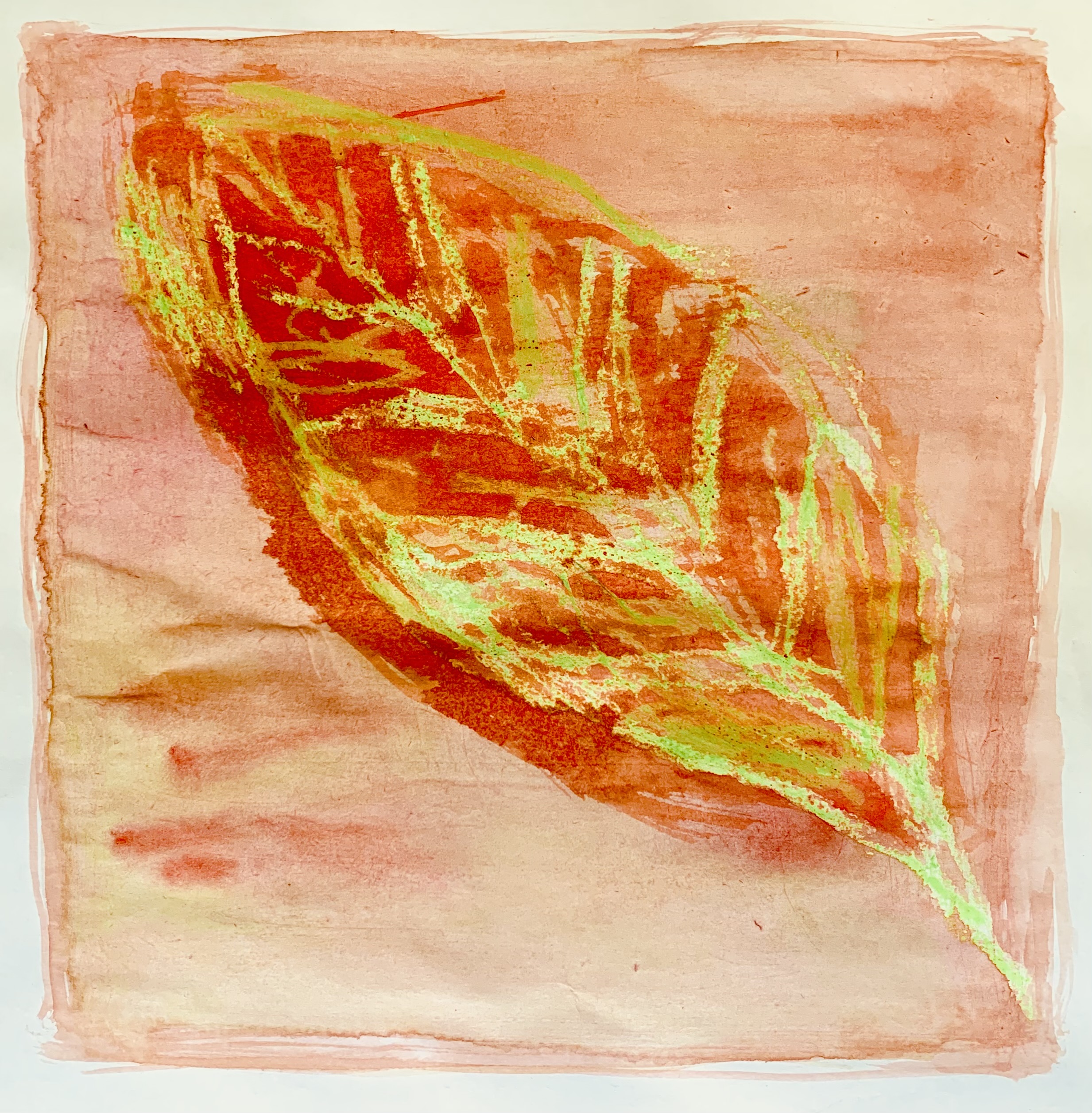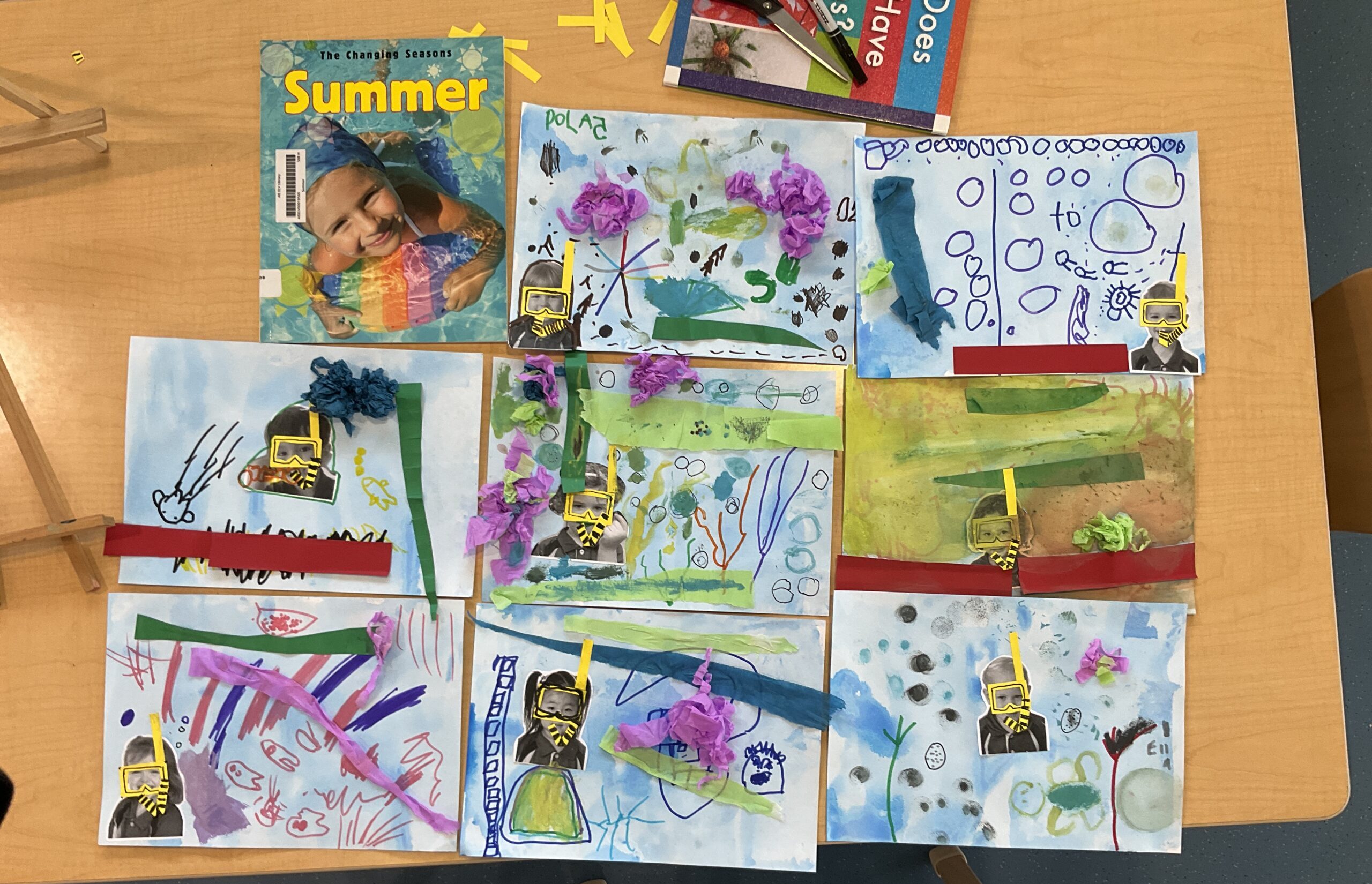Using the Grid Method to Paint a Portrait
As an art teacher, one of the most effective and approachable techniques I love to introduce to my students is the grid method—especially when it comes to painting portraits. Whether you’re a beginner or an experienced artist, this method provides a structured way to transfer a photograph or drawing onto your canvas with precision and accuracy. It helps break down the process of portrait painting into smaller, manageable steps and allows students to focus on proportion, detail, and composition without feeling overwhelmed.
In this blog post, I’ll guide you through the process of using the grid method to paint a portrait, explain why it’s so useful, and share some tips to help you along the way.
What Is the Grid Method?
The grid method is a simple yet powerful technique used by artists to scale up an image and achieve accurate proportions. It involves creating a grid over a reference image (like a photograph) and then recreating that grid on your canvas or drawing surface. By focusing on one small section at a time, you can transfer details more accurately, keeping the proportions and structure of the face intact.

Why Use the Grid Method for Portraits?
When it comes to portraiture, accuracy is key—getting the placement of facial features, proportions, and angles right can make the difference between a likeness and a distortion. The grid method helps with this by providing a clear, structured approach. Here’s why I recommend it:
- Proportions and Accuracy: Faces can be tricky to draw, and the grid method helps prevent common mistakes, such as misplacing eyes, ears, or the nose. It serves as a blueprint, helping you map out the portrait in a way that maintains proper proportions.
- Breaks Down the Image: By dividing the image into smaller squares, you can focus on one part of the portrait at a time. This reduces the feeling of being overwhelmed and makes the entire process more manageable.
- Improves Focus and Detail: Since you’re working on one small section at a time, it allows you to give attention to the finer details and shading in each area of the face. The grid encourages precision.
- Great for Beginners: If you’re just starting out with portrait painting, the grid method is a fantastic way to build your confidence and skill. It helps you see relationships between different parts of the face without the pressure of drawing freehand.
How to Use the Grid Method to Paint a Portrait
Follow these steps to get started with the grid method. This guide is designed for painting, but the technique can also be used for drawing.


Materials Needed:
- A reference photo of a portrait
- A ruler or measuring tape
- Graph paper (for the grid on the photo) or a piece of paper to create your grid on
- Or, use an app like GridMaker
- Canvas or paper for your painting
- Pencil (for sketching)
- Paints (acrylic, watercolor, or oil, depending on your preference)
- Brushes
- Eraser (for cleaning up lines)
Step-by-Step Process:
- Prepare Your Reference Image: Start by selecting a clear reference photo of the person you wish to paint. Ideally, the photo should be high-quality, with good lighting and visible details. Use a ruler or measuring tape to measure the dimensions of your photo and divide it into equal sections.
- Create a Grid on the Reference Photo: Over the reference image, draw a grid of equal squares. You can make the grid as large or as small as needed, but a grid of 1-inch squares is a good starting point for most portraits. Each square will help you focus on transferring small details at a time. Be sure to lightly draw the grid with a pencil so it won’t interfere with the painting process later.
- Create a Grid on Your Canvas: Now, do the same for your canvas or paper. Use the same number of squares and the same size grid as the one you created on the reference image. The goal is to have a grid on your canvas that is proportionally the same as the grid on the reference photo. This will ensure that everything is scaled accurately.
- Start Drawing with Light Pencil Marks: Begin with a light pencil sketch on the canvas, using the grid to map out the general shape and positioning of the face and features. Start with the overall outline, such as the shape of the head, and then move on to placing the eyes, nose, mouth, and ears within the grid squares. Take your time with this step—getting the proportions right now will make painting much easier.
- Paint One Square at a Time: Once the sketch is complete, you can start painting! Focus on one square at a time. Use the grid as a guide to ensure that you’re accurately transferring details from the reference photo to the canvas. In each square, look at the shapes, shading, and color within the corresponding section of the reference image. This allows you to work more precisely and avoid errors in the overall structure of the face.
- Add Shading and Detail: As you paint, pay attention to the light and shadow in each square. Work in layers, starting with the lightest colors and building up to the darkest shades. Gradually blend and refine the details, adding texture, highlights, and shadows to bring depth to the portrait. Don’t worry about the grid lines—they can be erased once you’re done with the painting.
- Final Touches: After completing the portrait, step back and assess your work. Add any finishing touches, such as adjusting color contrasts, refining edges, or adding more detail to areas that need emphasis. Once you’re satisfied with your painting, gently erase the grid lines that are still visible.
Tips for Success:
- Take Your Time: This method can be slow, but it’s a great way to hone your attention to detail. Don’t rush through the grid sections—work through them thoughtfully to ensure accuracy.
- Focus on the Big Picture First: Before getting lost in the details of each square, make sure the overall proportions and layout of the face are correct. Adjust any areas that feel off before you proceed.
- Use the Right Tools: A fine-tipped pencil and a ruler can help make the grid lines more accurate. When painting, choose brushes that allow for precision and smooth coverage.
- Be Patient: Portrait painting takes time, and the grid method is just one step in the process. If you make mistakes along the way, don’t worry—this is part of the learning process. The grid method makes it easier to fix errors because you’re working section by section.
Conclusion
The grid method is a fantastic tool for anyone looking to improve their portrait painting skills. It breaks down the complex process into manageable parts and helps you stay focused on accuracy, proportions, and detail. While it may seem like a more structured approach to art, it encourages you to think critically, observe carefully, and make decisions based on your unique interpretation of the reference image.
By using the grid method, students can build their confidence in portraiture and develop a deeper understanding of how to represent the human face in a realistic yet creative way. Whether you’re a beginner or experienced artist, this technique will help you create portraits that feel personal, accurate, and full of life.
Happy painting! 🎨


